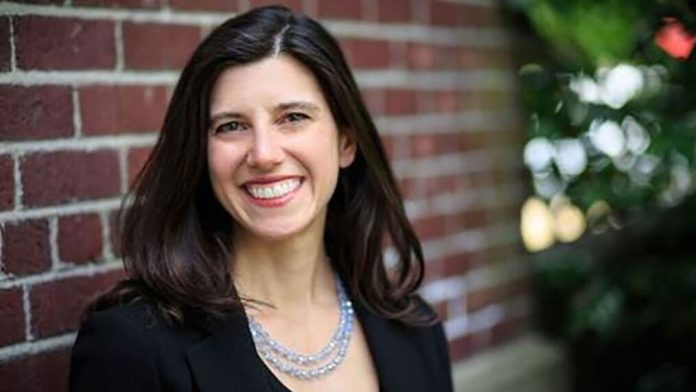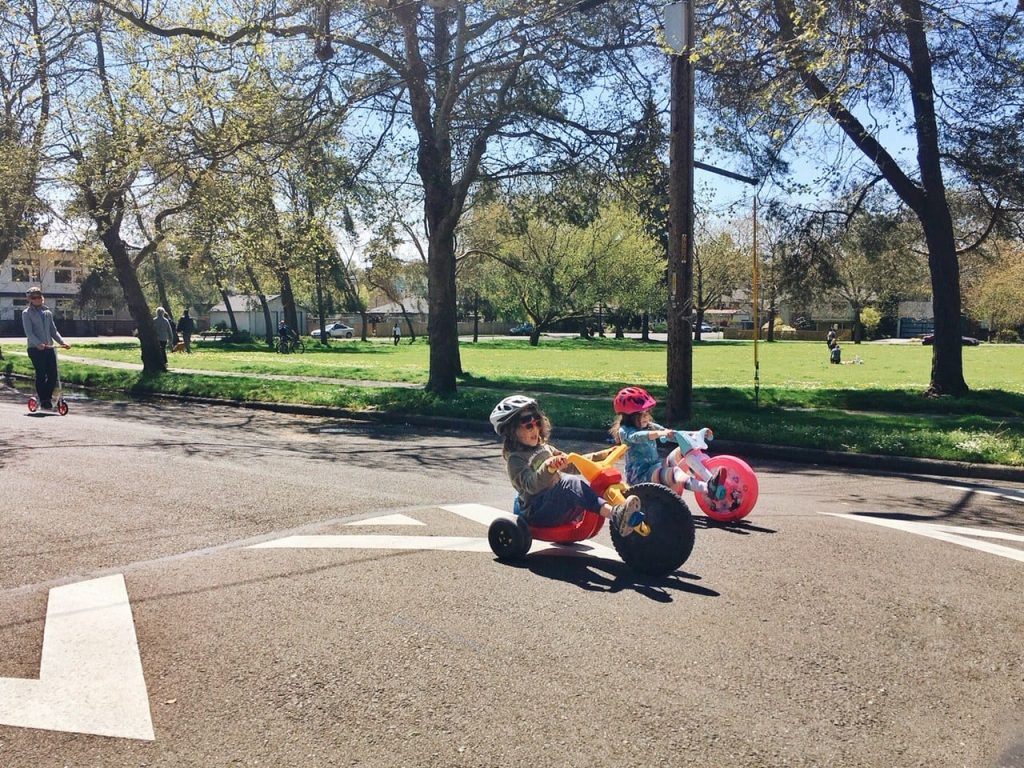Jessyn Farrell joined an increasingly crowded Seattle Mayoral race on Thursday, and she came out swinging.
“If you feel really great about how things are going, then definitely there are two candidates in this race who have been in city government, and they may be who you’re interested in,” Farrell told Crosscut‘s David Kroman.
Farrell referred to Council President M. Lorena González and former Council President Bruce Harrell, who are also vying to the next Mayor of Seattle. Farrell hasn’t revealed what she would do differently if she had been on the City Council dealing with Mayor Jenny Durkan, but she has argued she would bring a record of delivering results and a “fresh start” — hence the name of her announcement video.
Farrell also ran in 2017 and finished in fourth place with 12.5% of the vote, behind Nikkita Oliver and Cary Moon, who garnered The Urbanist’s endorsement. Oliver has opted to run for City Council in the seat that González has vacated.
With a background that includes running Transportation Choices Coalition from 2005 to 2008 and leading the Sound Transit 2 ballot campaign, Farrell garnered support from transit advocates, including Seattle Transit Blog, and unions, as demonstrated by her dual endorsement from the MLK Labor Council in her 2017 run. From 2013 to 2017, Farrell served in the state house representing the 46th Legislative District, which encompasses Northeast Seattle. After her unsuccessful mayoral bid, Farrell took a job as Senior Vice President at Civic Skunk Works, a progressive think tank founded by billionaire Nick Hanauer.
Affordable housing and 100 miles of open streets
Judging by her rollout, Farrell is stressing some urbanist themes in her second run. Affordable housing and childcare are two of her central themes so far, and grappling with restrictive and exclusionary single-family zoning blanketing the city also got a shoutout.
Farrell also wants to expand the City’s twenty-some miles of Stay Healthy Streets added on a temporary basis (with some hope of being made permanent) to 100 miles of permanent open streets, Rich Smith reported in The Stranger. This echoes a 130-mile proposal from Seattle Neighborhood Greenways, which The Urbanist has also endorsed.
“She conceives of her ‘complete communities housing initiative’ as ‘an ST3 for housing,’ but also as ‘an opportunity to ask communities what they need to be complete,'” Smith reported. Likewise, on homelessness, she emphasized a regional approach. That rhetoric is both encouraging and worrying: a moonshot on housing and homelessness is much needed, but pinning the program on wealthy neighborhoods and suburbs greenlighting that social housing in their midst could be a recipe for delay and potentially disaster.
The regional homelessness authority has been off to a slow start, but finally has a CEO in Marc Dones, an Ohio-based equity consultant who was approved Friday by the governing board. Hopefully Dones is able to galvanize the regional effort — they were instrumental in designing the authority in the first place so there is room for hope, even if suburbs have taken steps to block supportive housing for homeless people rather than welcome it.
Rich Smith zeroed in on the tension there between community control and affordable housing: “When asked how she’d pitch these pro-density measures to Seattle’s dedicated and well-financed NIMBYs, she said she was re-elected three times in Northeast Seattle despite her consistent support for ‘dense, walkable, livable communities.’
“I think when you frame housing as a core pillar of economic stability, it allows all of those awesome Bernie-crats in Northeast Seattle to see the issue in a way they maybe hadn’t seen it before,” Farrell told The Stranger.
Farrell’s affordable childcare proposal dubbed “Fresh Starts for Families” would seek to provide universal childcare for kids ages five and younger. “To achieve that goal she wants to subsidize new and existing child care facilities to ‘take the rent cost out of the equation for childcare providers’ and pilot a portable benefits plan,” Smith reported. The plan could build on Councilmember Dan Strauss’ childcare zoning ordinance easing restriction on siting daycares. (Strauss has endorsed Farrell.)
Reimagine > defund
Farrell has expressed a similar position about reimagining public safety and the role of the Seattle Police Department (SPD). She has avoided making a defund pledge and criticized the idea of a percentage goal, but painted herself as dedicated to reforms.
“Farrell declined to take a firm stand on the City Council’s push to cut the Seattle Police Department’s budget by 50%,” David Gutman reported in The Seattle Times. “Parts of the Police Department are working well, she said, but we also need to transform what we think of as public safety. That means scaling up things like community-based crisis responses and the Seattle Fire Department’s Health One program for people experiencing a behavioral health crisis or with social services needs.”
“The council and mayor have been very reactive over the last several months,” Farrell told Gutman. “I’m going to be very deliberate in not governing by a percentage but governing by values.”
Bridge metaphors
While the 100 miles of safe open streets plan is refreshing, Farrell has also given a nod to prioritizing bridge maintenance and painted the West Seattle Bridge closure as avoidable — though the bridge is only 37 years old and not near the end of its expected engineering life.

“To answer that question, look no further than the impending collapse of the West Seattle bridge,” Farrell said on the issues page of her website. “After years of neglecting to fix it, the bridge has become emblematic of the city’s approach to most every problem: filling cracks with no real foresight or oversight to solve the underlying problem.”
The oversight in this case may have been in building a freeway in the first place. Seattle is going to need to spend hundreds of millions to grapple with the ailing West Seattle Bridge. The issue with freeway bridges is how expensive they are to build and maintain. The Seattle Department of Transportation has said the closure was unavoidable and possibly the result of a design defect.
The Urbanist has reached out to Farrell’s campaign for an interview and will follow up as we are able to talk with the candidate directly. Needless to say the mayoral race is heating up.
Doug Trumm is publisher of The Urbanist. An Urbanist writer since 2015, he dreams of pedestrianizing streets, blanketing the city in bus lanes, and unleashing a mass timber building spree to end the affordable housing shortage and avert our coming climate catastrophe. He graduated from the Evans School of Public Policy and Governance at the University of Washington in 2019. He lives in East Fremont and loves to explore the city on his bike.






